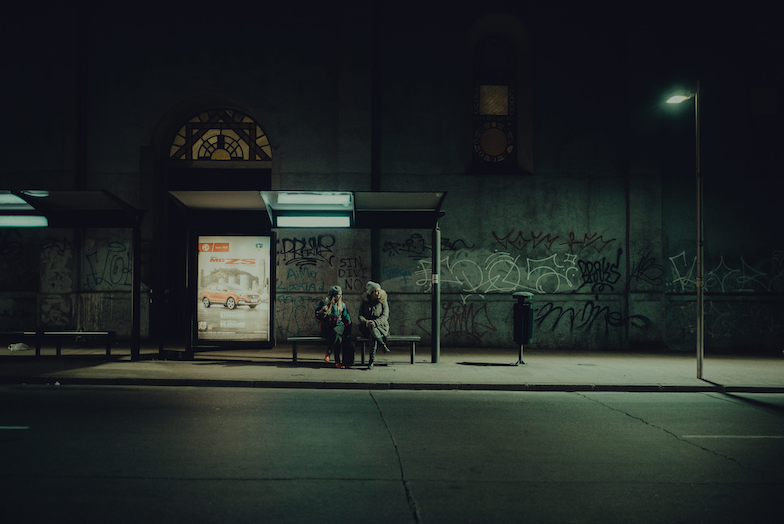Sunday Morning / September 5, 2023
Nearly 40% of the world are turning their clocks back an hour but maybe for the last time. The Fall Back/Spring Forward business could soon be a thing of the past.
While the U.S. Senate passed the Sunshine Protection Act, which would make daylight saving time permanent across the nation come Spring, the House declined to advance the bill out of committee. If not acted on, it will expire when Congress ends its term in December. Conversely, the European Parliament proposed removing daylight saving time altogether in the European Union, but the initiative presents challenges for transportation and has yet to be implemented.
At the core of the debate around turning clocks back and forth lies some science.
The American Academy of Sleep Medicine (AASM) says the U.S. and Europe should adopt permanent standard time pursuant to their public’s overall health and safety. They observe, correctly, that seasonal time changes cause a misalignment between man and the universe which can result in dangerous health and safety consequences, including: an increase in stroke and hospital admissions; cardiovascular events, and mood disturbances.
Moreover, the AASM reminds us that we've heard this debate before. In 1973, the United States instituted a permanent day light saving routine that objectively failed. It was repealed the following year.
While the United States and Europe continue to turn their clocks back, it was Great Britain who led the crusade in 1847 when they replaced Greenwich Mean with Railway Time.

Nathan Perkel
In 1883, the United States followed suit with a five-zone system to connect the burgeoning American railways. Based on a telegraph signal from the Allegheny Observatory in Pittsburgh at exactly noon on the 90th meridian, the 1918 Standard Time Act established standard time and officially introduced daylight savings. (DST).
Circadian Cycle
Over the past 100 years, a common theme among researchers of varying backgrounds is that changing clocks causes longterm negative effects.
Opponents of the Sunshine Protection Act argue permanent standard time would be more beneficial to health and human welfare. Numerous health specialists, safety experts, and research societies consider permanent standard time better for health, safety, schools, and the economy. Thats because standard time aligns with the natural circadian cycle.
The circadian clock’s primary function is to rhythmically coordinate biological processes so they occur at the correct time to optimize the fitness and performance. Circadian rhythms have evolved independently in animal, plant and man's kingdoms of life. "Clocks slay time..." William Faulkner wrote, " time is dead as long as it is being clicked off by little wheels; only when the clock stops does time come to life."
The AASM agrees. "Syncing our circadian clock to daily routines contributes to safer morning commutes, improved student welfare, religious practices (Orthodox Judaism, Islam), increased exposure to healthy morning sunlight, and higher productivity and wages." They continue.
Conversely, hundreds of scientific studies show that disrupting the circadian clocks leads to increased rates of heart attacks, cancer, diabetes, obesity, depression, substance abuse and suicide.
Fact: Morning sunlight, the body’s most potent time-setting cue, tethers human beings to the Earth’s 24-hour day/night cycle. Exposure to sunlight soon after we awaken governs inner clocks that control our sleep, attention, mood, body temperature, blood pressure, heart rate, hunger, cell division and hundreds of other bodily functions.
When human beings shift to daylight saving time their morning light exposure drops; biological clocks fall out of sync; we pay a price. Daylight Saving time’s lighter, longer evenings are good for commerce but keep us up longer, spending and engaged so we get to bed later and sleep less; making it difficult and feel impossible to rise with the sun.
Falling Back
The idea of aligning waking hours to daylight hours was first proposed in 1784 by the American polymath Benjamin Franklin. In a satirical letter to the editor of the Journal de Paris, Franklin observed that waking up earlier in the summer would economize on candle usage. He even proposed a tax on shutters, an argument Parisians could understand. In fact, Franklin later confessed, the editorial was really just a warning of the more imminent effects of the forthcoming Industrial Revolution on the habits and routines of everyday life.
While industrialized societies rely on clocks to get to work, go to school and coordinate their social lives, agrarian society's daily routines for work and personal conduct were always governed by the light, solar time, and the Earth's natural seasons and axial tilt.

J. Wesley Brown
When Franklin created the lightning hypothesis, and calculated the discovery of electricity, he was concerned that technological “contraptions” might create conveniences that could lead to apathy in industrialized society.
Still, over 60% of the world has demurred: doesn't change their clocks; rises with the sun; aligns with their circadian rhythms; and balances culture, a tacit agreement, between the means of subsistence and the purpose of existence.








